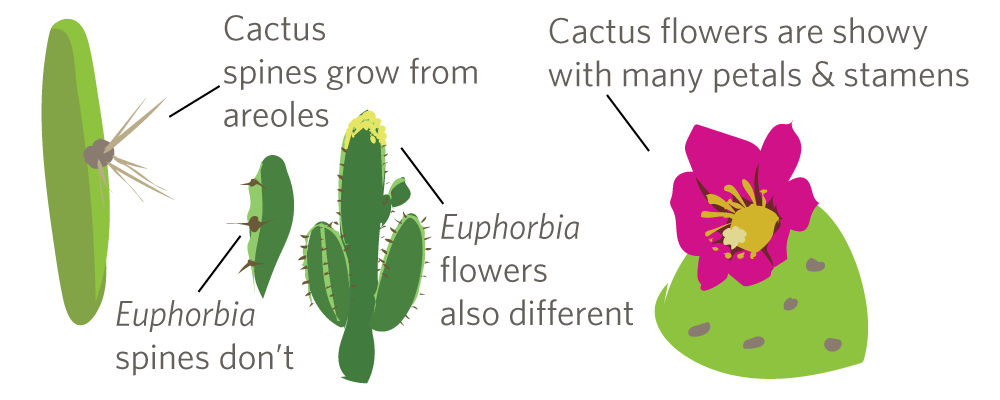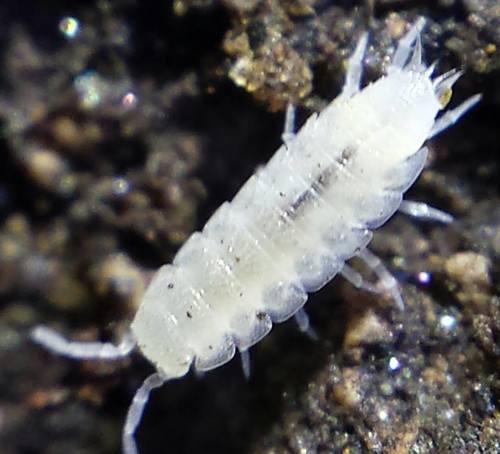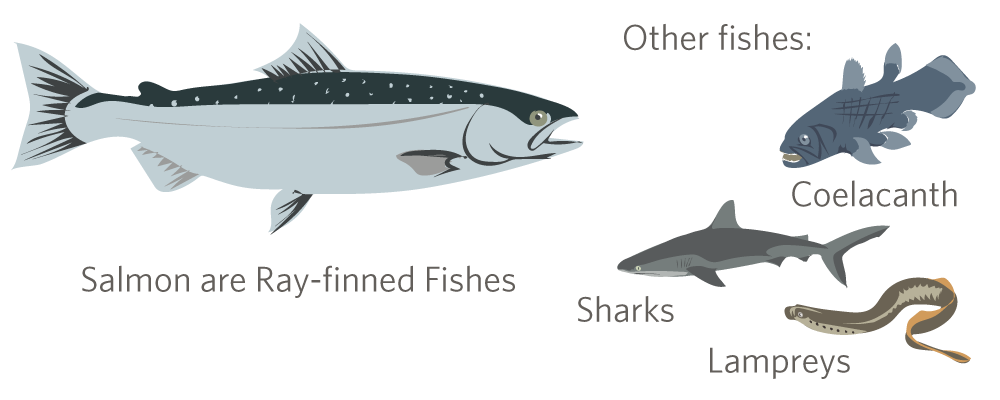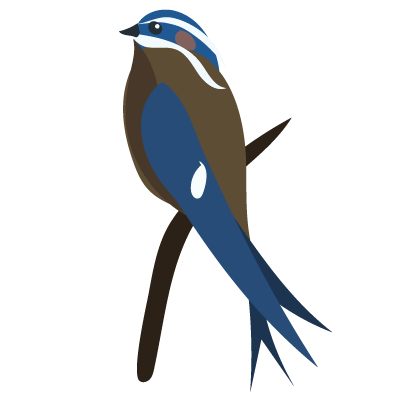The Critter Calendar journeys from the arid deserts of the cacti to cool, damp forests and streams where there be salamanders!
Most salamanders (order Caudata) are shaped like lizards with long tails and short legs. But unlike lizards, salamanders are not reptiles. Reptiles evolved protective scaley skin, leathery egg shells, and other adaptations that allowed them to colonize the driest parts of the globe. But salamanders, frogs and other amphibians, with their moist and slimy skin and jelly-like eggs are tethered to moist climates.

Typically, salamanders are aquatic as juveniles and terrestrial as adults. Juvenile salamanders resemble tadpoles but usually have limbs and have feathery gills branching out behinds their heads. Some salamanders, like the vicious Amphiumas, are aquatic even as adults and have eel-like bodies with vestigial limbs. Some, like cave-dwelling Olm, are blind.

Salamanders range mostly through the northern hemisphere, going no further south than the Amazon basin and no further north than the Arctic tree line. They are absent from Australia, India, and sub-Saharan Africa. The greatest diversity of salamander species occurs in the Appalachian mountains of southeastern North America, where there has been a tremendous radiation of a group known as lungless salamanders (Plethodontidae). Lungless salamanders breathe only through their porous skin and membranes in their mouths, and have a distinctive nasolabial groove between the nostril and upper lip, which aids in chemoreception. Most do not have a larval phase; young emerge from eggs as miniature adults. The Appalachian mountains is also home to the huge aquatic Hellbender, one of three surviving ancient giant salamanders (Cryptobranchidae). The other two species are slightly larger and live in Japan and China.


Whereas the lungless salamanders are mostly confined to North America, the family Salamandridae, often known as newts, are common both in North America and Europe. Newts lack the costal grooves seen in most other salamanders and normally have pebbly rather than smooth skin. Many newts are toxic and have evolved bright aposematic coloration to warn predators. The skin of the Fire Salamander from Europe, for example, has bright yellow markings against a black ground color.
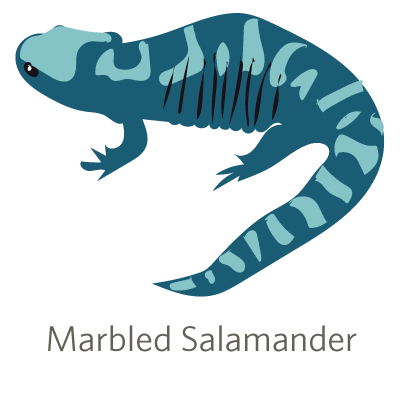
Winter and spring are of the best time to see many salamanders because they must migrate to breeding pools and streams, which have filled with rainwater. Salamanders of the genus Ambystoma, such as the Marbled Salamander, spend most of the year in underground burrows, eating invertebrates, but they too must migrate and can often be found on rainy nights. The famed Axolotl of Mexico belongs to the same genus but never goes through metamorphosis - it retains its feathery gills and lives aquatically its entire life.
If you think you see any of these this week, share your observations with us. We’ll be keeping track here. And remember that salamanders, while cute, are fragile creatures and many are protected under law - something to keep in mind if you feel like handling one. Happy Salamander hunting!

 2) Map showing observations posted during the week:
3) Some sort of chart that show the top observers. This one toggles between the top 100 and the top 5 for the week (could do the same for identifiers).
4) A chart that shows number of obs by country (circle size) but also, 'trending' countries with higher than normal activity. Note Bolivia, for example where Nicolas went on vacation this week. Also shows top 5 countries (maybe show top observer below each one?)
5) Same thing but with taxon categories. Note unusual amounts of ducks, bivalves, and cacti
6) Some sort of graph that puts the week in historical context. Maybe ranks the weeks by number of obs and shows this week's rank alongside the top 10 ever. Maybe shows top observer for each week:
2) Map showing observations posted during the week:
3) Some sort of chart that show the top observers. This one toggles between the top 100 and the top 5 for the week (could do the same for identifiers).
4) A chart that shows number of obs by country (circle size) but also, 'trending' countries with higher than normal activity. Note Bolivia, for example where Nicolas went on vacation this week. Also shows top 5 countries (maybe show top observer below each one?)
5) Same thing but with taxon categories. Note unusual amounts of ducks, bivalves, and cacti
6) Some sort of graph that puts the week in historical context. Maybe ranks the weeks by number of obs and shows this week's rank alongside the top 10 ever. Maybe shows top observer for each week:







